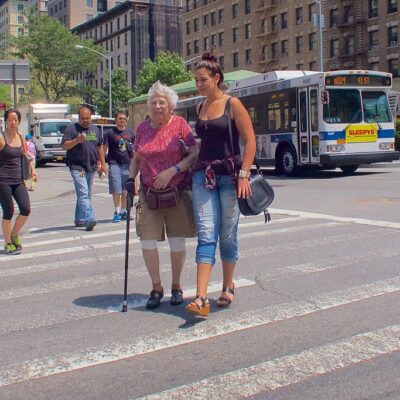A walk can be really simple, but it can also be an opportunity to stretch the mind and expand your horizons. A walk in a new part of town can teach you more about the place you live; the history, the architecture, the geography of the place. You can read blue plaques, discover new stories, understand how places and services connect to each other. And in the countryside, you can have a go at bird or plant identification, or think about the evolution of the landscape; how field boundaries, paths and features have grown and changed under human influence. If you’re really keen, you can get technical with a map and compass, learning navigation skills and charting the topography of an area in detail, matching up what you can see in front of you with the symbols on the map and even finding your bearings in unknown locations.







